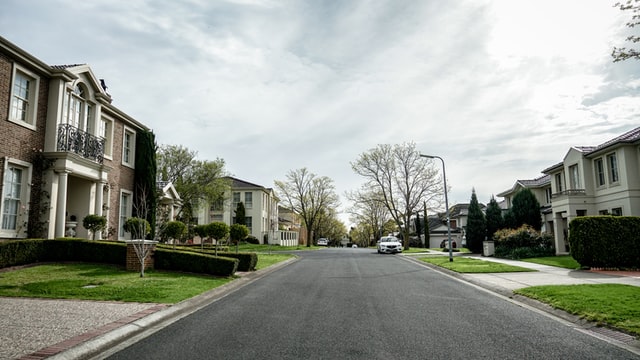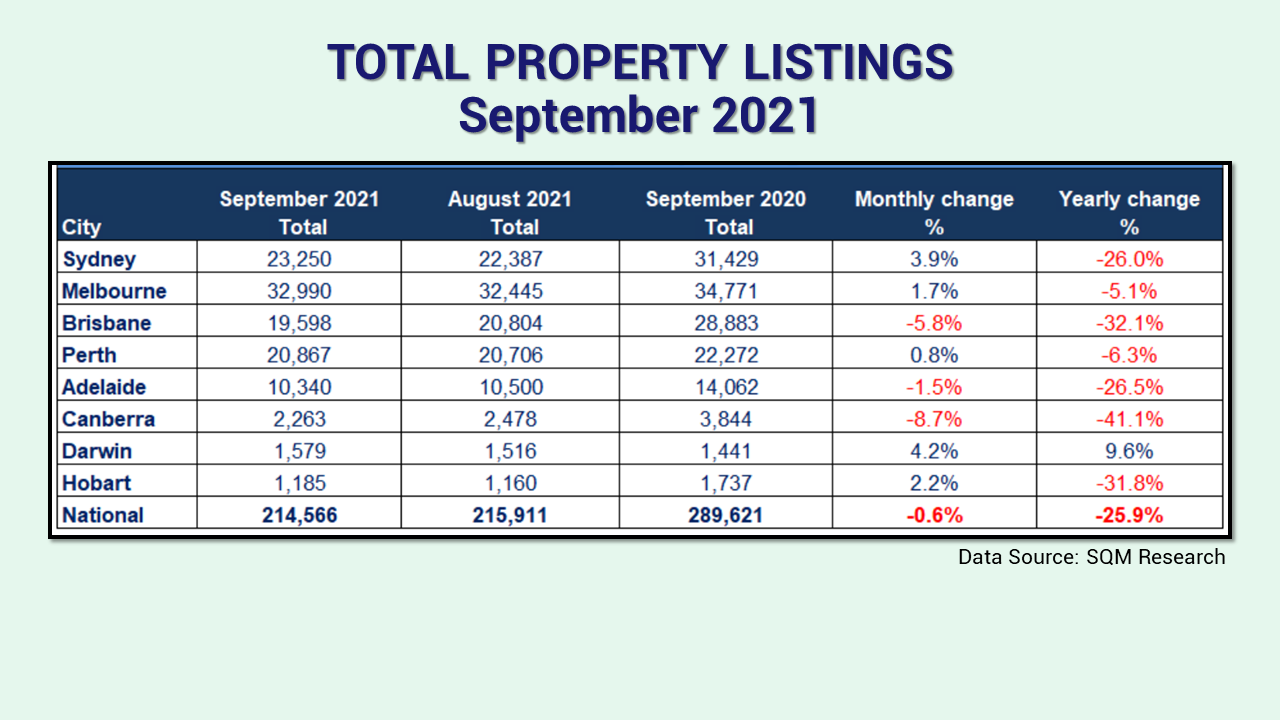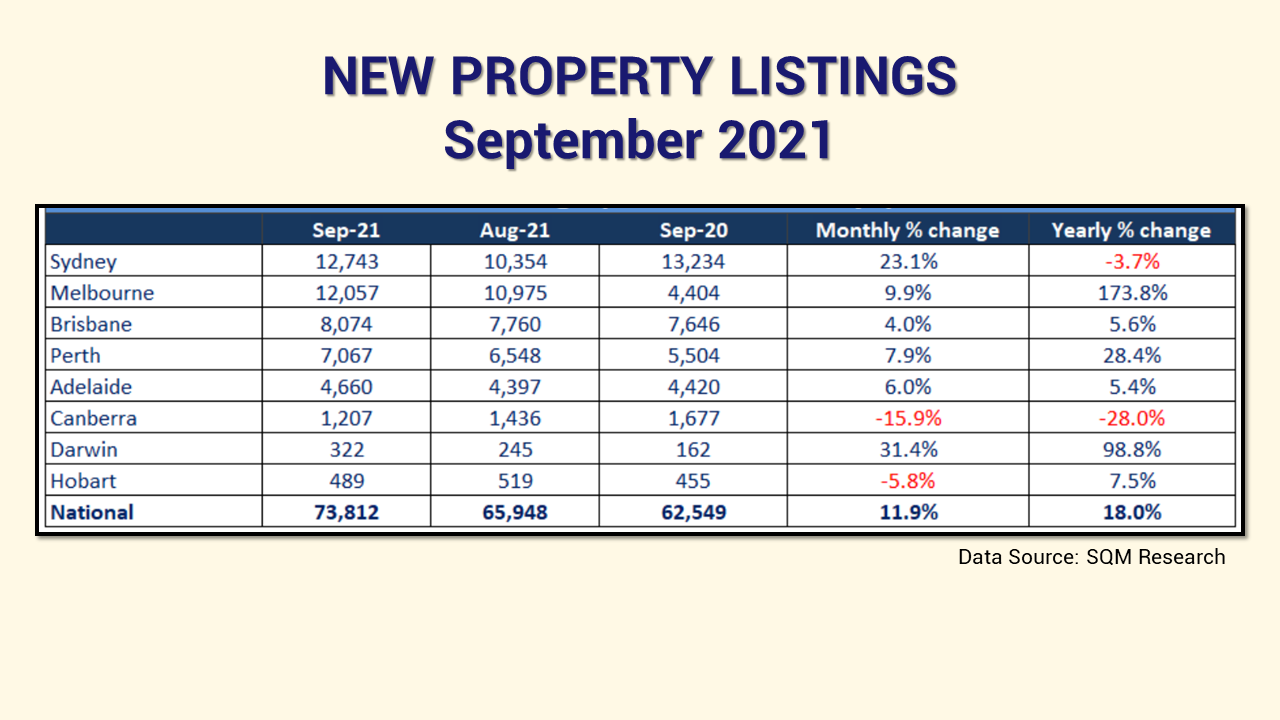
The imminent lifting of restrictions in Melbourne has resulted in a surge in new listings in September, latest SQM Research figures show.
The number of new listings in Melbourne grew by more than one-fold in September, up 173.8% annually to 12,057.
On a monthly basis, this represents a 9.9% gain.
Overall, the total listings across Australia, which includes properties that have been up for sale by more than 180 days, declined by 0.6% monthly and 25.9% annually.
On a monthly basis, only Brisbane, Adelaide, and Canberra posted a decline, but the stable growth in other cities managed to prevent the total number of listings from sinking further.
However, the total listings across most cities, save for Darwin, was down compared to a year ago, with Brisbane, Canberra, and Hobart registering the biggest dip.
 New listings show sign of hope
New listings show sign of hope
While the demand for housing still outpaces current market supply, SQM Research managing director Louis Christopher said the likely lift in restrictions in lockdown-stricken states will contribute to a sustained growth in residential property listings over the coming months leading up to Christmas.
"The expected rise in listings is unlikely to create a housing slowdown prior to Christmas as low interest rates continue to stimulate the housing market and the expected economic uplift following the end of lockdown will also likely create stimulus for housing," Mr Christopher said.
Aside from Melbourne, most of the other capital cities added a substantial number of new housing stock over the month.
Only Sydney and Canberra recorded fewer new listings in September than last year.
A property is considered a new listing when it has been in the market for less than 30 days.
On a monthly basis, increases were across the board except in Canberra and Hobart.

Asking prices on the rise
SQM Research's data over the past 30 days to 5 October showed an overall increase in asking price for dwellings.
In fact, the national asking price for houses increased by 1.9% monthly and 19.2% annually to $717,300.
For units, asking prices also went up to $443,000, 2% higher than last month and up 11.7% from last year.
Compared to a year ago, asking prices for both dwelling types increased across capital cities, with the capital city average hitting $1.15m for houses and $582.5m for units.
The growth was consistent with the latest price index by CoreLogic, which showed that the national median dwelling price increased by 1.5% in September.
On an annual basis, the median price increased by 20.3%, the highest in 30 years.
Low-rate environment to support house prices
CoreLogic head of research Eliza Owen said the Reserve Bank of Australia (RBA)'s decision to maintain the cash rate at its historic low will continue to support the growth in house prices.
However, lending restrictions are likely to be a major headwind.
"There is mounting expectation that the housing lending space could see some macroprudential intervention,” Ms Owen said.
“In its statement today, the RBA made direct reference to the importance of appropriate loan serviceability buffers in the current environment.”
The RBA's latest data on housing debt-to-income ratio reflect the concerns regulators have on lending.
In fact, as housing credit grew by 5.6% in the year to June 2021, so did the debt-to-income ratio, which is now at a record high for owner-occupiers at 102%.
Separate figures from the Australian Prudential Regulation Authority (APRA) showed that around 22% of new mortgages have a debt-to-income ratio of six or more.
"While monetary policy could continue to support increases in housing values, there are headwinds to future housing market growth," Ms Owen said.
"Affordability constraints already appear to be easing momentum in the market, with monthly growth rates of property values likely peaking in March 2021."
Photo by Advocator SY on Unsplash.